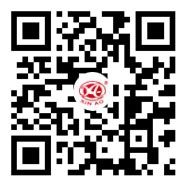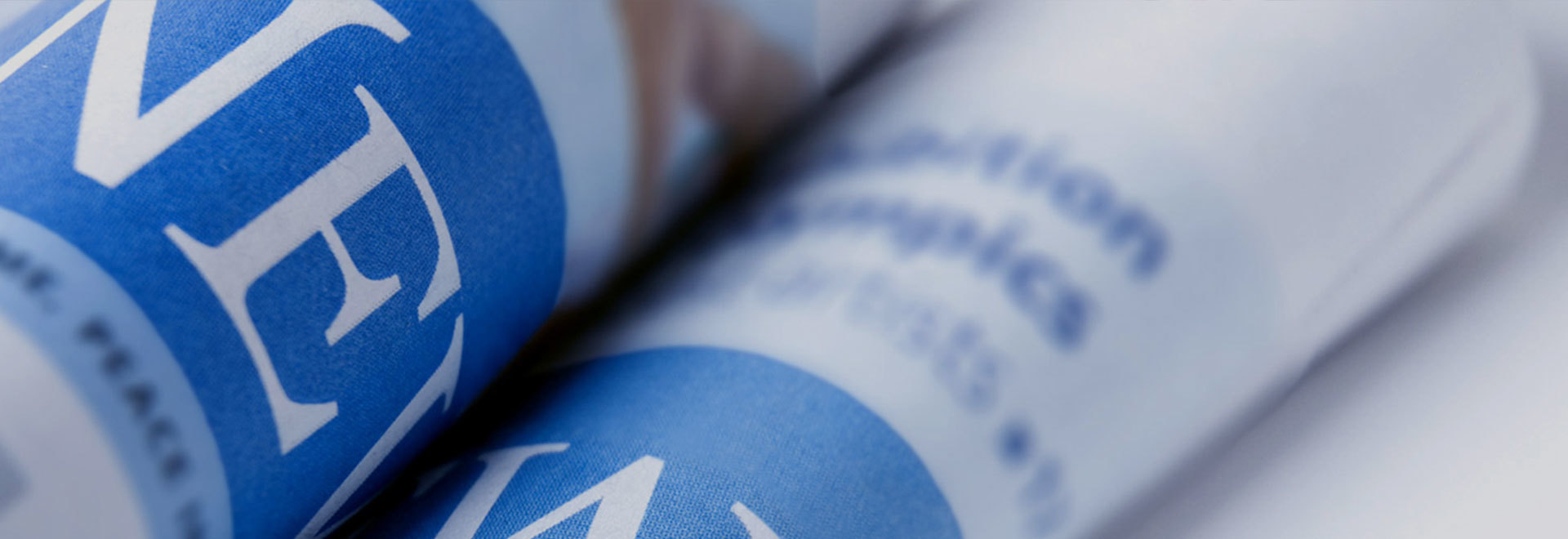What should be tested when judging the quality of rubber lining?
Release time:
2022-11-23
Rubber can be made into many products, so it is used in many fields. Rubber liner is one of the most widely used fields of rubber, because the liner can be made into many products

Rubber can be made into many products, so it is used in many fields. Rubber liner is one of the most widely used fields of rubber, because the liner can be made into many products, and the development situation in the market is very good. Good products can make a company's reputation better and better, so quality inspection is very important. So, what aspects should be tested when judging the quality of rubber liners?
1. Tensile strength of rubber: It is one of many physical properties of vulcanized rubber, and it is also called tensile strength at break. It refers to the upper limit tensile stress on the unit area when the test piece is stretched to crack, and the unit is MPa.
2. Elongation of rubber: When the test piece is stretched, it will elongate and deform in the stretching direction. The percentage of the elongated length and the original length of the test piece is called elongation. Because the elongation of natural rubber vulcanizate is as high as 600%--1200%, the elongation of natural rubber carbon black vulcanizate is within 600%, and the elongation of butadiene rubber vulcanizate can reach 500%. Elongation is also one of the most reliable physical property indicators for detecting rubber aging.
3. Deformation of rubber: It refers to the deformation of the rubber material under the action of stress. After removing the stress and placing it for a certain period of time, it cannot fully return to its original shape and the residual deformation. The deformation of the test piece after tearing is called tearing deformation, which is often called deformation in custom.
4. Hardness of rubber products: The hardness of rubber indicates the ability of rubber to resist external force. The hardness of rubber is usually measured with a Sauer hardness tester.
5. Aging coefficient of rubber liner products: During processing, storage and use of rubber and its products, due to heat, oxygen, ozone, mechanical action, variable price metal ions, light, high radiation resistance and other chemical substances , will gradually become soft and sticky, hard and brittle or cracked, and the physical and mechanical properties will decrease. This phenomenon is called rubber aging. With the continuation of the aging effect, the performance of rubber and its products will gradually decrease, so that it completely loses its use value. the
A good rubber liner needs to be tested in five aspects including tensile strength, elongation, deformation, hardness, and aging coefficient.
Keywords:
Recent Posts
CONTACT XIN'AO
Tel: +86-318-5838088
Phone: +86-13703186739
E-mail: sales@xakychina.com
Address: Phase 2, Shuangbed Work Park, Jingzhou Town, Jingxian County, Hengshui City, Hebei Province
Mobile Web

Mobile Web
Copyright © 2022 Hengshui Xin'ao Mining & Metallurgy Rubber Products


